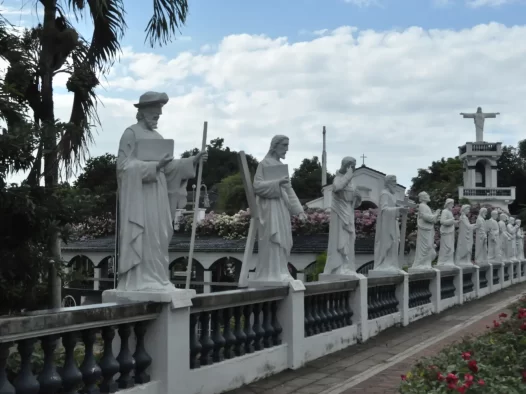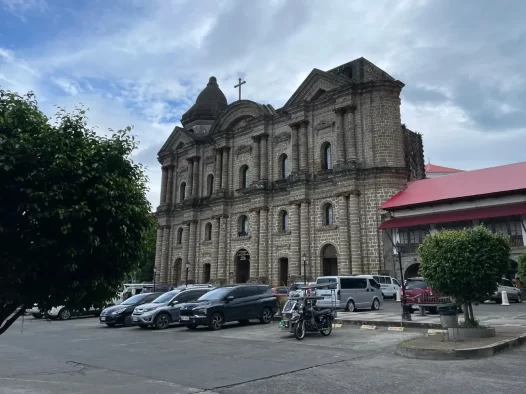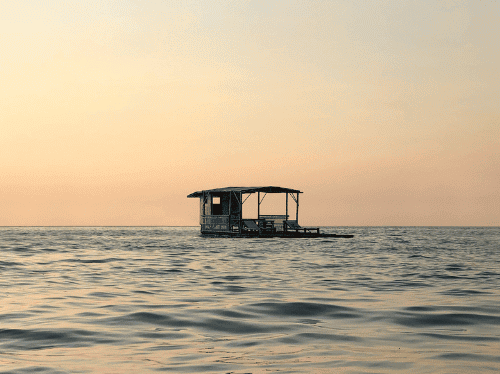Padre Garcia
Padre Garcia, known as the “Cattle Trading Capital of the Philippines,” is celebrated for its robust agricultural heritage. The bustling cattle market, locally referred to as the “bakahan,” has thrived into the largest livestock auction market in Southern Tagalog, attracting traders from far and wide and serving as a key driver of the local economy.
Beyond its prosperous cattle industry, Padre Garcia offers a wealth of natural splendor and recreational opportunities. The captivating landscapes and rejuvenating water sources create an idyllic setting for nature enthusiasts and picnickers to immerse themselves in. The town takes great pride in preserving its pristine environment and safeguarding its water sources, ensuring the well-being of residents and visitors alike.
History and Heritage
Padre Garcia, historically known as LumangBayan or Sambat, has a rich background intertwined with the town of Rosario, Batangas. It was once a part of Rosario until it gained autonomy and became a separate municipality in 1949. This significant milestone was made possible through Executive Order 279 issued by President Elpidio Quirino. As the town embraced its newfound independence, it elected its first set of local leaders, with Jose A. Pesigan assuming the role of the inaugural mayor and Rustico K. Recto serving as the vice mayor.
The town’s name, Padre Garcia, pays homage to one of its most distinguished sons, Padre Vicente Garcia. Born in Barangay Maugat, Padre Vicente Garcia played a prominent role in shaping the town’s history. Notably, he shared a close friendship with Jose Rizal, the Philippine National Hero, and was an ardent advocate for the country’s independence from Spanish rule. His contributions and unwavering dedication to the Philippine cause are etched into the town’s identity.
In 1952, the town council took a bold step by establishing the cattle market, known as the “bakahan.” This decision positioned Padre Garcia in direct competition with the established livestock market of neighboring Rosario. Despite the initial challenges, the bakahan thrived and evolved into the largest livestock auction market in Southern Tagalog. Over time, it earned the distinction of being hailed as the “Cattle Trading Capital of the Philippines.” This achievement not only bolstered the local economy but also solidified Padre Garcia’s reputation as a hub for cattle trading in the entire country.
Climate
The rainy season starts in June and ends in November. When December comes, the people experienced a very cool dawn. The summer season on the month of March to the end of May.
If you prefer a hassle-free trip, you can rent a car or hire a private vehicle for more convenience and flexibility. Public transportation, such as buses and jeepneys, is also available and can be a more budget-friendly option.
Batangas: Where history, beauty, and resilience converge, creating a tapestry of captivating stories and unforgettable moments.
Kabakahan Festival
The Kabakahan Festival of Padre Garcia, Batangas, is a vibrant celebration that showcases the town’s rich agricultural heritage and its status as the Cattle Trading Capital of the Philippines. Held annually, the festival pays tribute to the importance of cattle trading in the local economy and highlights the town’s close ties to its agricultural roots. With colorful parades, lively street performances, and various cultural activities, the Kabakahan Festival brings together locals and visitors alike to revel in the town’s festive spirit and showcase its unique cultural identity. This exciting event offers a glimpse into the traditions, customs, and vibrant community of Padre Garcia, making it a must-see for anyone seeking an authentic cultural experience in Batangas.
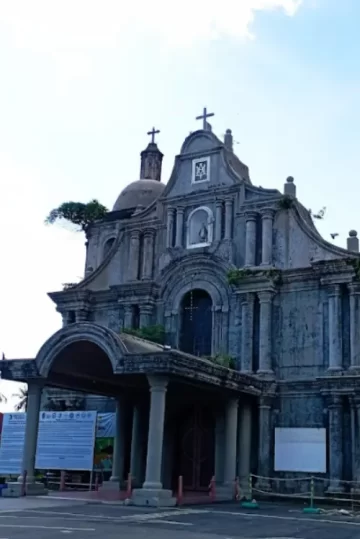

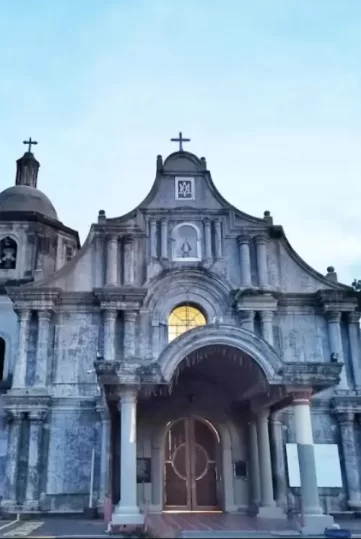
Local Attractions
Batangas in the Philippines offers a range of local attractions that cater to various interests. These are just a few of the attractions you can explore in Batangas. Whether you’re interested in history, nature, or relaxation, the city offers something for everyone.
Getting Around
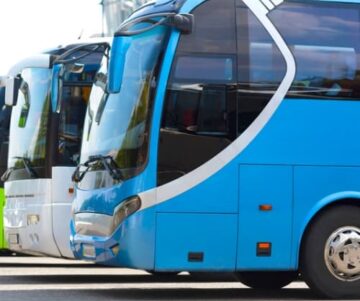
Buses
Buses provide transportation for longer distances, connecting Batangas with other regions and provinces. These buses have designated terminals and offer a more comfortable option for longer journeys.

Jeepneys
Jeepneys are a staple mode of public transportation in the Philippines. They are colorful, elongated jeeps that can carry multiple passengers. Jeepneys follow specific routes and have fixed fares.
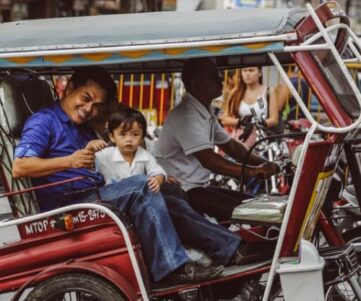
Tricycles
These motorized vehicles consist of a motorcycle with a sidecar, which can accommodate around 3 to 4 passengers. Tricycles are commonly used for short trips within the city, and fares are usually negotiable.

